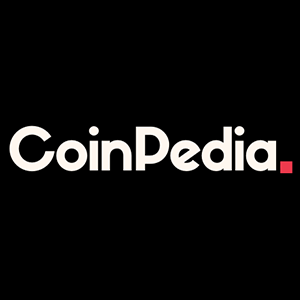Solana DEX Jupiter: Solana’s decentralized exchange (DEX) volume today surpassed that of Ethereum with 14% weekly gain. In the past 24 hours, Solana’s DEX volume has reached $2.509 blion, with Ethereum still standing at $1.895 billion. Among the DEXs leading this growth are Orca, PumpFun, Raydium, Meteora, with Orca leading the pack with a 15% increase in trading volume . This news came in as Jupiter, another dominant 2021-built Solana DEX, launched an advanced version of its platform, Jupiter Pro. In a bid to maintain its pivotal role, it has introduced new featured and better trading experience. What’s New in Solana DEX Jupiter’s New Platform? While platforms like Orca, Raydium, and Meteora continue to operate as independent DEXs, their individual trading volumes are significantly lower than Jupiter’s aggregated volume. Solana DEX Jupiter’s role as an aggregator enables it to offer superior liquidity and better pricing. This attracts a larger user base and higher trading activity. Now in its pro version, it has slashed down the gas fees by 10x. The reduced gas fees by 10x will also prove to attractive for users. It can also be a major advantage for traders looking to make frequent trades with lower costs compared to Ethereum-based tokens. This will ultimately end up in making Solana-based tokens potentially more profitable to trade in 2025. Other notable new tools and features in Jupiter Pro include: It includes new token page/terminal for better token analysis of Solana coins. Users can choose between SOL or USDC as their default currency. It provides new momentum metrics like Net Buy Volume and Net Buyers. Further, it has also provided community metrics so that investors can make decisions based on the ongoing narratives/sentiments in their community. Redesigned Token Terminal | Source: Jupiter Pro DEX MEV Protection for Investors Solana DEX Jupiter has also introduced the new option of Quick Buy which will allow investors to trade instantly with a default amount. Jupiter Pro’s ultra mode which it has enabled in Quick Buys and in the token terminal, will also provide the MEV protection to users. The MEV protection ensures that professional traders can execute trades without the risk of malicious actors exploiting transaction reordering for profit, thus, creating fairer trading conditions. Notably, in January 2025, Jupiter DEX experienced a substantial surge in trading activity, with its monthly trading volume reaching $184 billion. This growth was influenced by factors such as the launch of new tokens like the Trump memecoin, which attracted a large number of traders to the platform. This dominance is also attributed to Jupiter’s efficient liquidity aggregation from over 29 protocols, including Orca, Raydium, Phoenix, Lifinity, and Meteora. This together contributes to nearly 90% of Jupiter’s trading volume. This news also come in as MANTRA (OM) Token price looks to rebound after 90% crash. Growing DeFi on Solana Solana DEX Jupiter is launching its pro version at a time when Solana’s DEX and Defi ecosystem continues to grow. This growth of decentralized finance (DeFi) on Solana in 2025 will likely drive more demand for Solana-based tokens like SOL, USDC, and SRM. And as the Solana community deliberates and implements a new network upgrade, this might also bode well for SOL price in Q2 2025. Further, as decentralized exchanges (DEXs) and lending platforms on Solana grow, tokens like RAY (Raydium) and MNGO (Mango Markets) can see higher trading volumes. Solana DEXs Nonetheless, whether you’re a casual trader or a professional investor, Jupiter Pro promises to be an exciting development in the world of DeFi. Now it remains to be seen how investors and traders adopt to this new interface of Solana DEX Jupiter. The post Solana-Based DEX Jupiter Launches Pro Platform as Trading Volume Surpasses Ethereum appeared first on CoinGape .

















